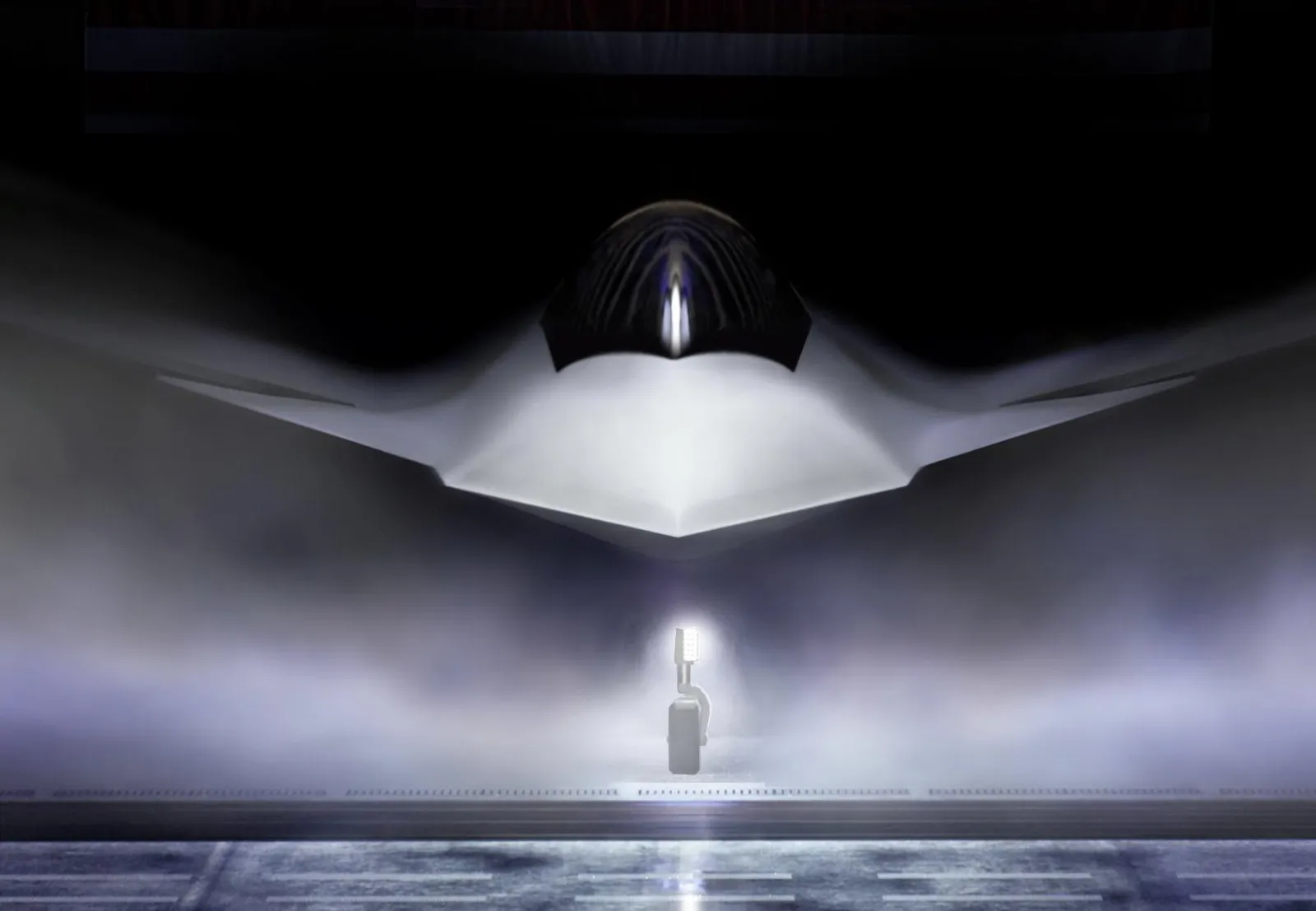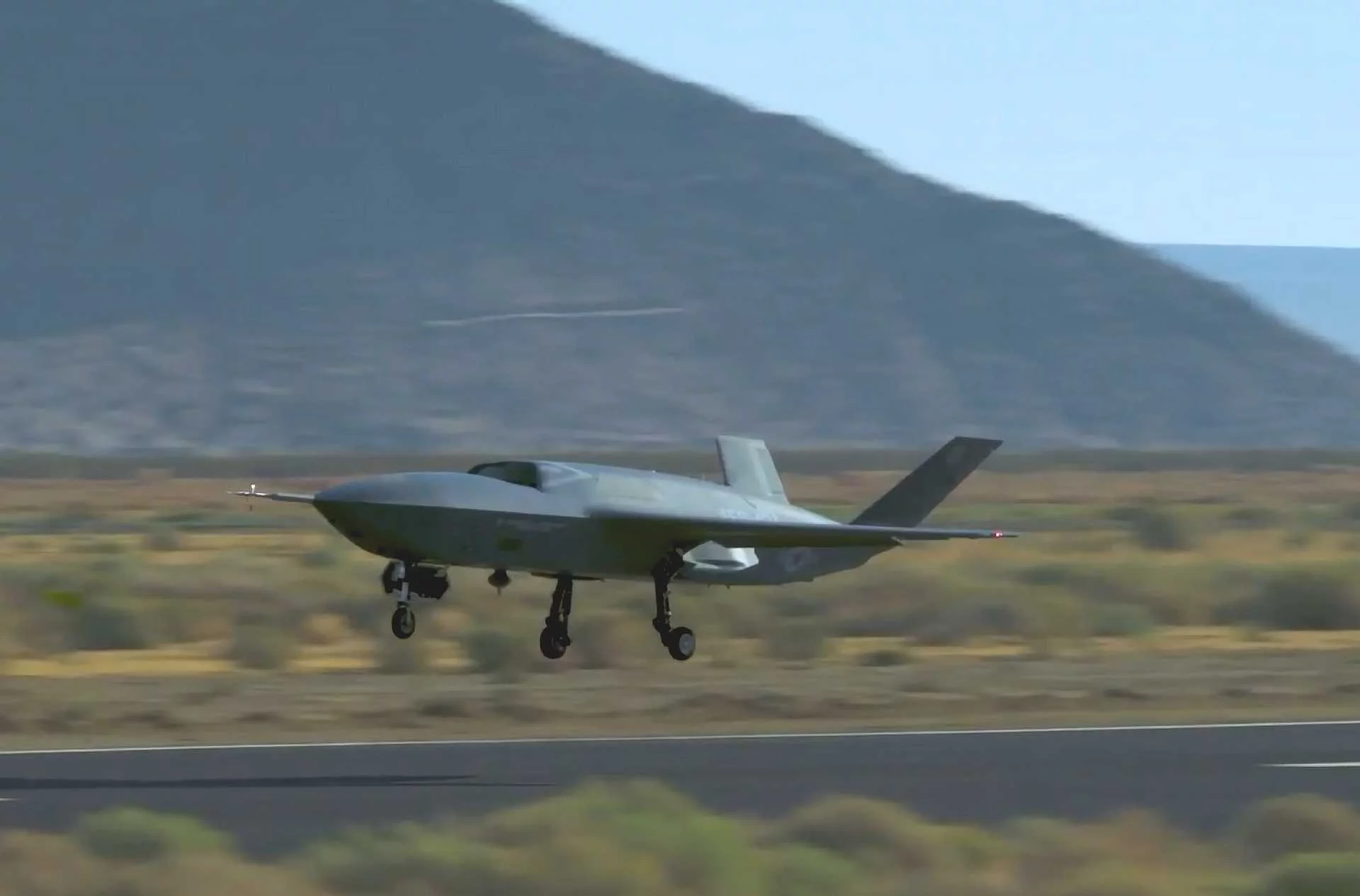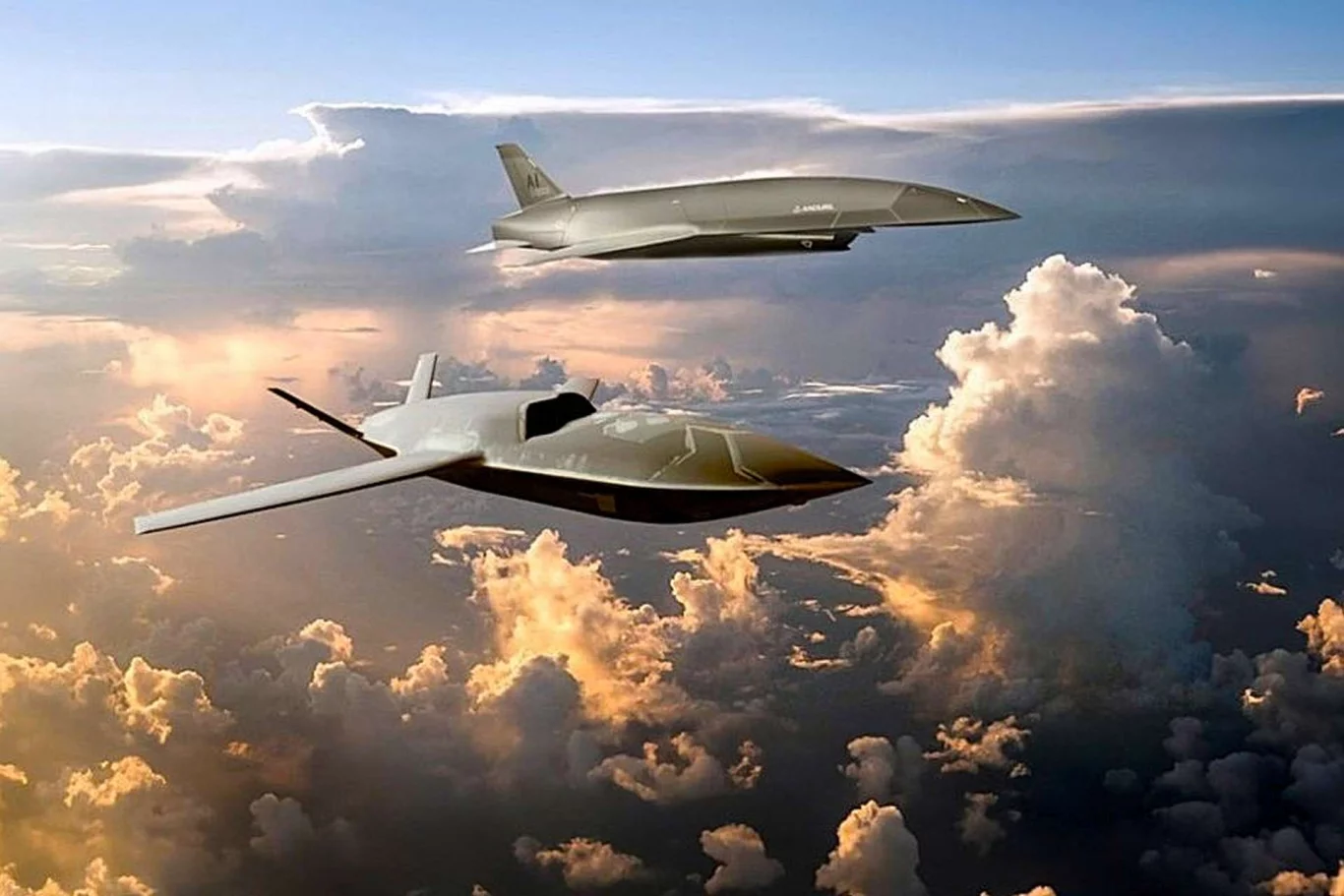Belgium is shaking up its military aviation strategy with a major overhaul, phasing out its NHIndustries (NHI) NH90 Tactical Transport Helicopters (TTH) in favor of the versatile Airbus Helicopters H145M. This bold move, announced in late July 2025, is set to transform the Belgian Air Component’s operational capabilities while addressing long-standing issues with the NH90 fleet. Alongside this transition, Belgium is eyeing a new fleet of heavy-lift helicopters to bolster its tactical prowess. Let’s dive into the details of this strategic shift and what it means for Belgium’s defense landscape.
Why Ditch the NH90 TTH?
The decision to retire Belgium’s four NH90 TTH helicopters, slated for September 2025, stems from persistent challenges with maintenance and operational costs. General Geert De Decker, Chief of the Belgian Air Component (Force Aérienne Belge: FAé), highlighted the fleet’s problematic support structure as a key driver. Originally intended for troop transport and medical evacuation missions, the NH90 TTHs have struggled with low availability, requiring at least two helicopters to be operational at all times—a target often unmet due to mechanical and logistical hurdles. These issues mirror those faced by Belgium’s four NH90 NATO Frigate Helicopters (NFHs), though the latter will remain in service for maritime roles with a reduced operational requirement of just one helicopter.
Belgium’s Defense Minister, Theo Francken, didn’t mince words, calling the NH90 TTH procurement a “bad purchase” due to its exorbitant maintenance costs. This sentiment echoes earlier concerns raised in June 2020, when the Belgian Ministry of Defence announced plans to scale back NH90 TTH operations due to declining industrial support, rising costs, and staffing shortages. The decision to retire the fleet prematurely reflects a pragmatic shift toward more cost-effective and reliable platforms, with the helicopters set to be preserved and maintained for potential resale.
Enter the Airbus H145M: A Game-Changer
Stepping into the NH90 TTH’s shoes is the Airbus Helicopters H145M, a light-medium rotorcraft known for its agility and versatility. Belgium has ordered 15 H145Ms, with deliveries expected to begin in 2026. These helicopters will not only replace the NH90 TTHs but also take over roles previously handled by the aging Agusta A109 fleet. The H145M is poised to become a cornerstone of Belgium’s battlefield operations, supporting troop transport, medical evacuation, and tactical missions.
What sets the H145M apart is its adaptability. General De Decker emphasized its potential for manned-unmanned teaming (MUM-T), enabling seamless integration with unmanned aerial vehicles (UAVs). This capability will enhance reconnaissance, support, and tactical engagement, making the H145M a force multiplier on the battlefield. Equipped with the Airbus HForce weapons system, the H145M can also handle light attack duties, offering precision strikes and flexibility in dynamic combat scenarios. Its compact design and lower operational costs make it an attractive alternative to the maintenance-heavy NH90s, aligning with Belgium’s push for efficiency and NATO interoperability.
The Quest for Heavy-Lift Power
While the H145M will fill the gap left by the NH90 TTHs, Belgium isn’t stopping there. The Belgian Air Component is actively seeking up to eight heavy-lift helicopters to take on the NH90’s more demanding transport roles. Potential candidates include industry giants like the Boeing CH-47F Chinook and the Sikorsky CH-53K King Stallion, both renowned for their robust payload capacities and long-range capabilities. These platforms would enable Belgium to support larger troop deployments, heavy equipment transport, and disaster relief operations, ensuring the nation remains prepared for a wide range of missions.
This move signals Belgium’s commitment to modernizing its air capabilities while addressing the limitations of its current fleet. The heavy-lift acquisition is still in the planning stages, with General De Decker indicating that the procurement process will unfold alongside the H145M integration. By diversifying its helicopter fleet, Belgium aims to balance flexibility with raw power, creating a more resilient and adaptable air component.
Strategic Context and Future Implications
Belgium’s helicopter overhaul comes at a time of heightened focus on defense modernization across Europe. As a NATO member, Belgium is aligning its capabilities with alliance standards, prioritizing interoperability and cost-efficiency. The H145M’s compatibility with NATO systems and its ability to integrate with UAVs positions it as a forward-thinking choice for a rapidly evolving battlefield. Meanwhile, the pursuit of heavy-lift helicopters underscores Belgium’s ambition to maintain a robust presence in both national and international operations.
The retirement of the NH90 TTHs also reflects broader challenges faced by the NH90 program. Despite its advanced fly-by-wire controls and multirole capabilities, the helicopter has faced criticism for high maintenance costs, software issues, and delivery delays across multiple operators. Belgium’s decision to pivot to the H145M and explore heavy-lift options suggests a pragmatic response to these challenges, prioritizing operational readiness over loyalty to a troubled platform.
Looking ahead, the integration of the H145M and the potential acquisition of heavy-lift helicopters will reshape Belgium’s military aviation landscape. The H145M’s versatility and lower operating costs will enable the Belgian Air Component to maintain a lean yet effective fleet, while heavy-lift helicopters will provide the muscle needed for large-scale operations. This dual approach ensures that Belgium can respond to a wide range of scenarios, from tactical support to humanitarian missions.
Conclusion: A New Era for Belgian Aviation
Belgium’s decision to replace its NH90 TTH helicopters with the H145M and pursue heavy-lift platforms marks a pivotal moment in its defense strategy. By addressing the NH90’s shortcomings and embracing modern, cost-effective solutions, Belgium is positioning itself for greater agility and resilience in the air. The H145M’s advanced capabilities, coupled with the promise of heavy-lift power, herald a new era for the Belgian Air Component—one defined by innovation, efficiency, and readiness.
As deliveries of the H145M begin in 2026 and the search for heavy-lift helicopters progresses, all eyes will be on Belgium to see how this transformation unfolds. For now, the nation is sending a clear message: it’s ready to soar into the future with a smarter, stronger, and more adaptable air force.




